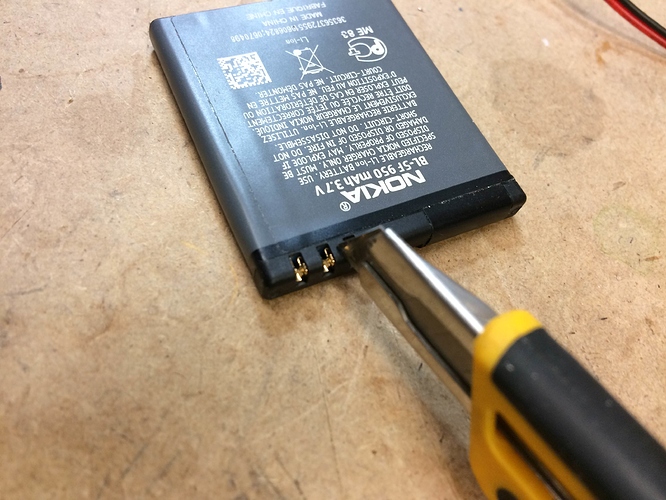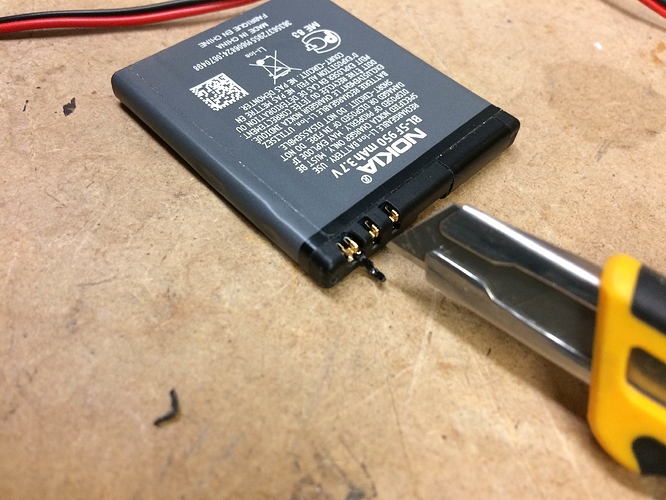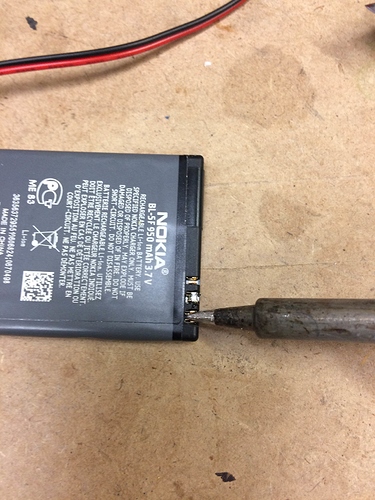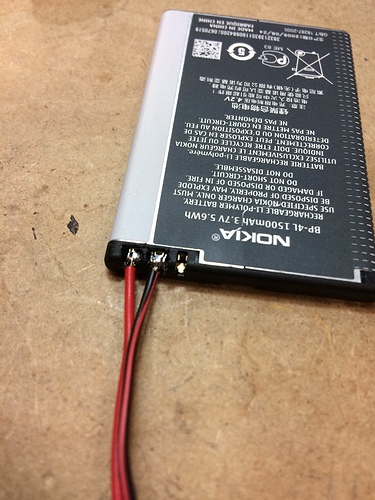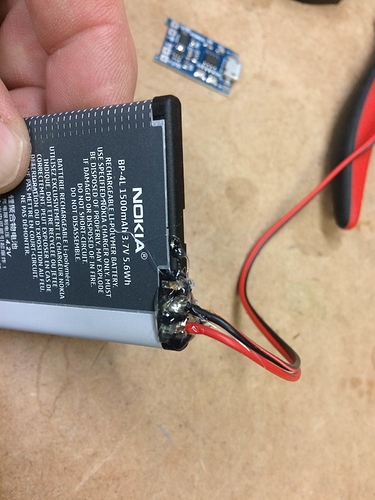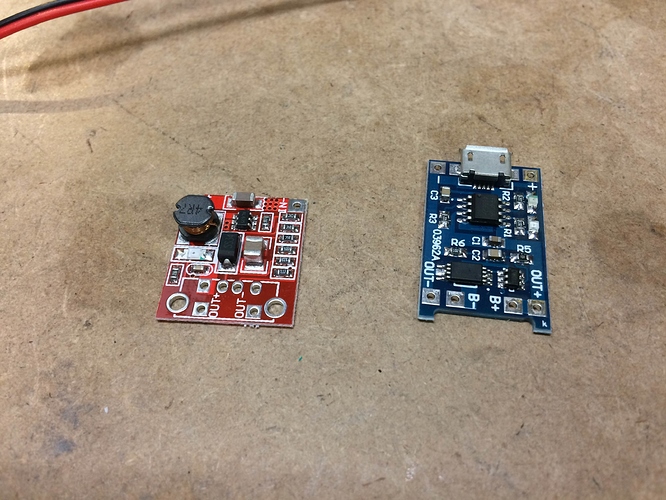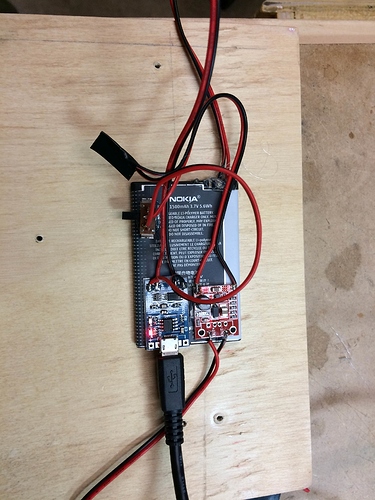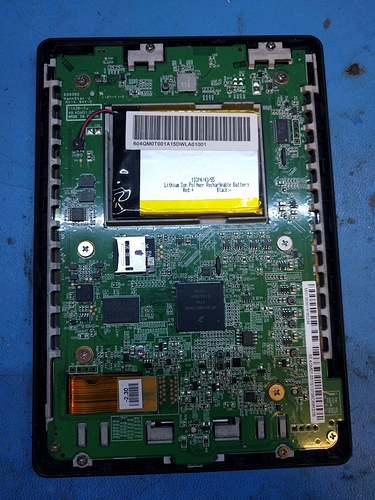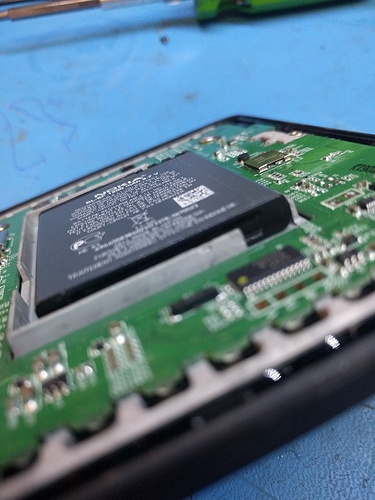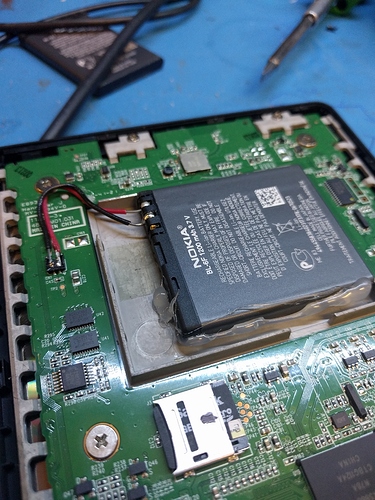The space has several boxes of brand new (but been sitting around for a long time) Nokia phone batteries that I believe are 1500 mAh… They also have built in protection for overcurrent and undervoltage.
I have been wanting to use one for a long time but the battery contacts (U shaped thin metal) did not seem easy to use. @TomKeddie hooked me up with a surface mount connector but these just push in and would need some sort of holder to keep in place.
I looked at it again and found that it was really easy to solder a wire right into the U shaped contact. I essentially did the following:
-
Get a battery and ensure there is still voltage on the terminals. if there is no voltage the battery is so drained that the protect cct has disconnected it. You may be able to recharge it but I’m not sure (will have to test)
-
Get a couple lengths of wire (say #22) and strip off 1/8" and tin the ends (use a black and a red so you know the polarity). You should make sure the other end of each wire is insulated so you don’t short out the battery once you have the wires connected.
-
Use a small exacto knife to trim away the plastic cover on the sides of the + and - contacts. If you have a thin solder tip you may not need to but I found it easier to trim back the overhanging plastic.
- Carefully (and quickly) set you soldering iron tip in the center of the U shaped terminal and quickly add a drop of solder (effectively tinning the connection). Do both terminals.
- Now (ensuring you match the polarity as shown on the package) place the tinned red wire on the tinned + terminal and press your soldering iron on it. The tinned solder should quickly melt and form a nice joint.
- If you have cut away the plastic on the battery the terminals may be loose. Glob some hot glue over to keep them from being pulled out.
Of course you need two other items for this project so hopefully you read the whole posting before starting. You will need a battery charge (to correctly charge the Li-on battery and a DC/DC boost convertor to change the 3.7V of the battery to 5V (or whatever you need)…
I got both from AliExpress:
The charger (it also has protection which I hope helps more than not)::
https://www.aliexpress.com/item/5PCS-Micro-USB-5V-1A-18650-Lithium-Battery-Charger-Board-With-Protection-Module/32216806621.html
The boost converter:
https://www.aliexpress.com/item/J34-Free-Shipping-5pcs-lot-New-1A-3V-to-5V-DC-DC-Converter-Step-Up-Boost/32578758991.html
To cable things up (I’ll try to add a drawing) you need to connect the battery (via the wires you soldered on above) to the B- and B+ terminals on the charger…
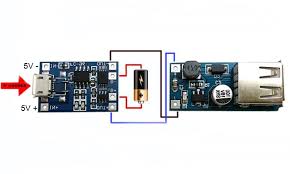
Then connect the boost converters IN- and IN+ to the OUT- and OUT+ terminals on the charger.
Connect your load to the OUT- and OUT+ terminals on the convertor.
You should also put a switch in the connection between the charger and converter to turn your device off.
Now connect up a USB power supply to the charger and it should start charging the battery (on my charger you see a red led). Once it is charged you should see an indicator (my charger shows a blue led)
Disconnect the USB charger and turn on your connected device and you now have portability and hopefully we can use of the batteries…
During a test on one the of the 1500 mAh batteries I was able to draw 500 mA for 90 minutes before the battery shut off (due to the protection on either the charger or the battery itself). This would appear to be 50% of the battery rating. I may not have charged it enough or it coudl be due to the age of the battery
Caveats/Notes:
Lion/Lipo batteries can explode and/or start fires if you make a mistake or a component fails. Since these are really good batteries I feel confident using the cheapy AliExpress charger…
YMMV…
The Nokia batteries have 3 terminals, two are for power (- & +) while the third is for a battery type resistor that is used to indicate the type of battery to the phone… You don’t have to worry about it.
